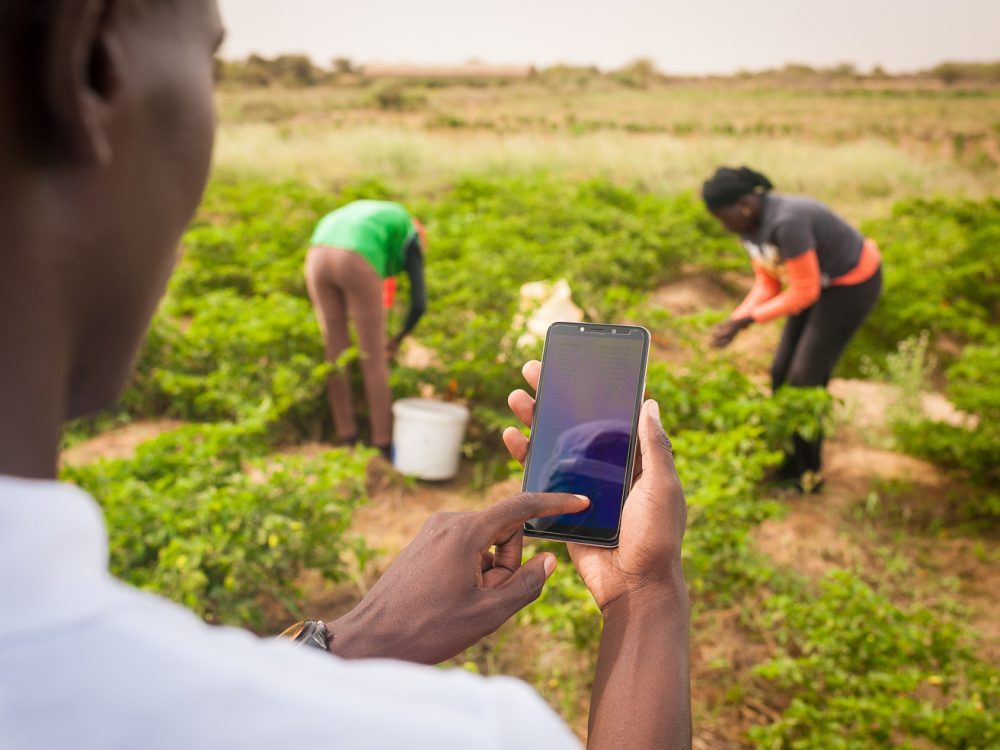Following the Money: Haiti Tracks Donor Commitments to Fulfill their Aid Pledges
In the wake of the devastating 2010 earthquake, the international community pledged billions of dollars to support Haiti’s reconstruction efforts. The Government of Haiti has made significant strides over the past few years in innovating better methods to ensure this aid is responsive to changing needs and demands on the ground.
Once at the forefront of international headlines, the earthquake coined “the most destructive natural disaster of modern times” may have faded in prominence, but there is still much work left to do in Haiti. With roughly US $10 billion pledged to support Haiti’s efforts to “build back better”, there is a need for better coordinated and targeted reconstruction and development efforts, even five years after the earthquake.
Haiti has a long history of resilience and its self-empowered citizens are known for tackling the change they wish to see rather than waiting for change to come. But the monumental task of rebuilding a country that experienced an estimated US $7 billion of damage is no easy feat.
Nearly five years after the 2010 earthquake, basic questions such as “where has the money gone?” are still as relevant as ever. Haiti’s Ministry of Planning and External Cooperation is making sure that these questions are not going unanswered, requiring all official development assistance to be reported via its Aid Management Platform (MGAE) as a central information system to track foreign aid flows in the country.
Beyond tracking average aid flows, the Government of Haiti must also track pledges of financial support made at various conferences following the earthquake. Most notably, the Towards a New Future for Haiti International Donors’ Conference in March 2010 at the United Nations in New York accounted for over half the total pledges made to Haiti’s reconstruction.
Pledges are only the first step in a long process to support Haiti’s reconstruction and they may not always materialize. Promises of future assistance must first turn into more formal commitments by aid-providing institutions that are in a position to disburse financial assistance. For this reason, the Government of Haiti worked with AidData in the wake of the 2010 earthquake to build a new module within its Aid Management Platform that will make it possible to follow the money from pledges through to commitments and disbursements.
After committing financial assistance, projects need to be planned, beneficiaries and implementing agencies need to be found and monitoring and evaluation needs to be conducted, to ensure that projects are achieving their intended goals. These efforts should be coordinated between the government and international community to ensure projects are effective and have long-lasting impact.
However, for various reasons, pledges can be delayed, reduced, or sometimes not given at all. Thus, keeping track to ensure these pledges materialize is critical to ensuring that Haiti, as a post-disaster country, is able effectively plan for its development with accurate estimates of external support.
The Government of Haiti is not the only one that benefits from the MGAE’s pledges module. Donor governments should know how much of their commitments are actually allocated, when, and for what purpose by their various executing aid agencies. A good example of this is the “Assessing Progress in Haiti Act of 2013,” a bill currently in review in the US Senate, which calls for a more thorough tracking of US government money to Haiti.
Tracking development assistance flows, from pledges through to disbursements, as well as analyzing how this relates to conditions on the ground is essential to successful reconstruction and development. This is true not only for Haiti, but for many more vulnerable countries recovering from disaster.
Image source: DFATD
This piece was originally published on AidData’s The First Tranche.
Share This Post
Related from our library

Introducing The HackCorruption Civic Tech Tools Repository
Introducing the Civic Tech Tools Repository: an open-source hub of digital solutions to fight corruption. Designed for growth through GitHub contributions, it brings together tools, code, and resources across six key areas for HackCorruption teams and beyond.

Building a Sustainable Cashew Sector in West Africa Through Data and Collaboration
Cashew-IN project came to an end in August 2024 after four years of working with government agencies, producers, traders, processors, and development partners in the five implementing countries to co-create an online tool aimed to inform, support, promote, and strengthen Africa’s cashew industry. This blog outlines some of the key project highlights, including some of the challenges we faced, lessons learned, success stories, and identified opportunities for a more competitive cashew sector in West Africa.

Digital Transformation for Public Value: Development Gateway’s Insights from Agriculture & Open Contracting
In today’s fast-evolving world, governments and public organizations are under more pressure than ever before to deliver efficient, transparent services that align with public expectations. In this blog, we delve into the key concepts behind digital transformation and how it can enhance public value by promoting transparency, informing policy, and supporting evidence-based decision-making.